It isn’t as if I get any enjoyment out of criticizing bad storytelling. I take no delight in deconstructing filmdom’s messaging – especially that of the laziest and most obvious – but, as they say, somebody’s gotta do it. All too often these days good ideas get lost amongst a screenwriter’s, director’s, and producer’s desire to garner attention of their peers, and what we end up with is an entirely self-serving release like Spontaneous (2020) from Awesomeness Films and Jurassic Party Productions.
From IMDB.com’s plot summary:
“When students in their high school begin inexplicably exploding (literally...), seniors Mara (Katherine Langford) and Dylan (Charlie Plummer) struggle to survive in a world where each moment may be their last. As an unexpected romance blossoms between them, Mara and Dylan discover that when tomorrow is no longer promised, they can finally start living for today.”
Without belaboring the point all that much, let me clarify a few positive items right up front: youngsters Langford and Plummer are dynamite with what they’re provided. While the script from Brian Duffield doesn’t exactly take full advantage of his talents’ full range, Spontaneous is chocked with enough character ‘beats’ to show that these young’uns should have a bright future in film. They stumbled in and out of the ordinary and the extraordinary with some nuanced grace, well beyond what I was expecting given the fact that – since I stick largely to SciFi and Fantasy releases – I was unfamiliar with their work. That made for some nice surprise moments as I do appreciate what actors can bring to their game … especially the more bizarre this game called life can get.
Furthermore, Spontaneous functions from start-to-finish with great efficiency. The script never invests much in the science of its science fiction, instead choosing to use its construct – these unpredictable exploding seniors – more as the framework for these various scenes of high drama, youthful regret, and manic intensity. Editing is precise, too, and Duffield keeps all of it moving at probably the right pace since there’s rarely a dull moment or wasted sequence.
Now for the rest of the story …
Sadly, Spontaneous descends into the typical Hollywood programming that more effective filmmakers (especially those of the past) avoid: too often Duffield resorts to getting up on his soapbox and preaching to his Tinseltown audience, almost as if he was awaiting the usual accolades. (Hint: when critics rave about a film while audiences tend to reject it, you know whom the target demo was very quickly.)
Spontaneous is bereft of a single responsible adult.
Now, some of this is owed to the manner in which the story is constructed. Langford’s Mara is not only gifted with the old soul cynicism only Hollywood creations can provide (I call it the Juno Syndrome in reference to 2007’s Juno wherein screenwriter Diablo Cody gave her lead the wisdom of a town elder in the package of an otherwise inept adolescent) but also given “the cool parents” who allow their pride-and-joy to engage in recreational drug use and irresponsible drinking ad nauseum for the sake of being “the cool parents.” The very talented Rob Huebel is utterly wasted as the dad who’s reduced to concerned glances at his emotionally-charged daughter, and the extent of his caring advice in these times of need is little more than a good hug. And you want to talk even more wasted? Piper Perabo emotes about as well as a stumbling homeless person who shows up to give a few lines while otherwise phoning in her work: it’s a damn tragedy.
The FBI, the CDC, and even the adult grocery store staff wherein Mara steals her liquor are given the same treatment: none of them seem to truly give a damn about the bizarre situation these high school seniors find themselves in … but why should they? When much of it is played for laughs anyway, were they really supposed to do more than hit their marks and look stunned? No one takes a serious adult interest in the entire affair, and the CDC even shows up with an animated Powerpoint that belittles these teens’ intelligence.
Ugh.
It’s funny how the “it takes a village crowd” is seemingly only interested in idolizing the adventures of anti-establishment types, of which Spontaneous revels in. How does that work exactly? Where do these anti-establishment types end up in reality? What role, if any, do they play in the idealized village, except to show up at every protest raising hell, looting Targets, and burning police stations? Standing against the “machine” that is civilization does score points for individuality – and, sure, it’s far more interesting to explore what makes us unique than what makes us, say, collective – but when this rugged eccentricity reaches the end of its days that gathered wisdom is typically lost when it could’ve better served mankind by passing it down to the next generation instead of smoking pot with your toes stuck in the sand at the beach.
Mildly Recommended … but only for folks who truly want to try something a bit different for the sake of trying something a bit different. Though occasionally damn funny, Spontaneous is exactly the kind of irresponsible programming right-minded people have come to expect from Progressives: in the midst of an unexplainable pandemic, they craft and release a comedy film about an unexplainable pandemic targeted at the most influential and perhaps most uninformed demographic possible – the youth – and then exploit their politically-driven drivel in fourth gear. Insult America. Insult Republicans. Show plenty of shots of kids giving audiences the finger. And all of it is done in the name of art. Still, performances are solid, and I did have some fun with it … up until the point wherein I realized I was the film’s target.
-- EZ




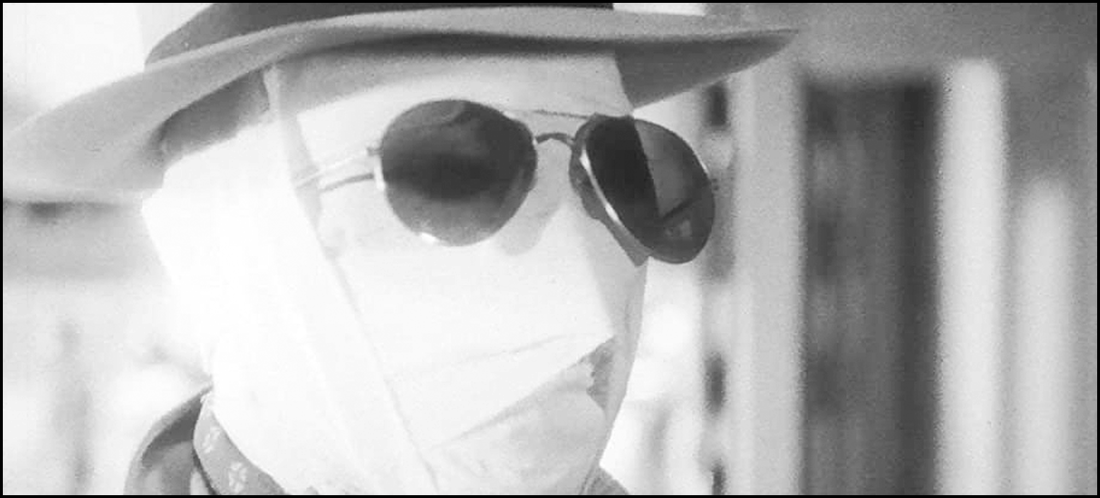
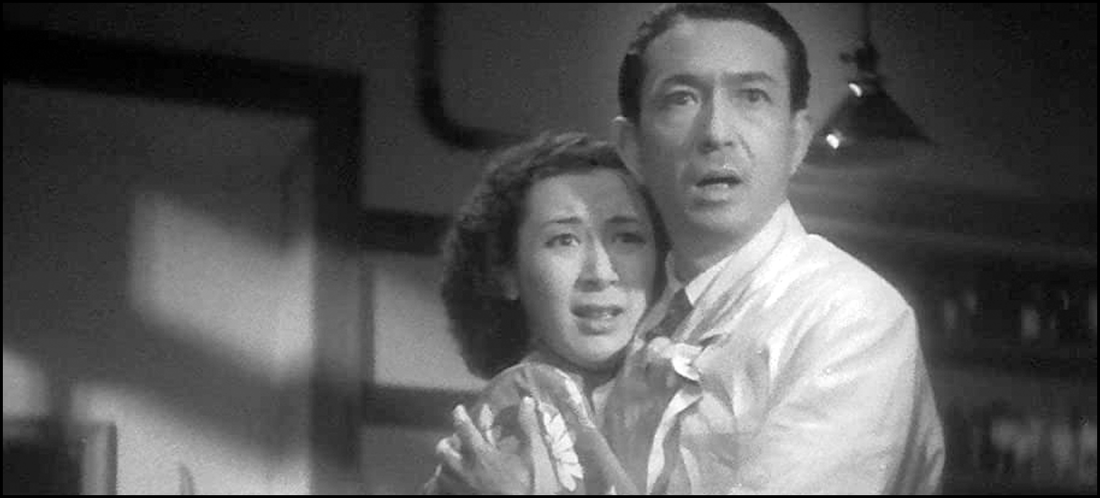
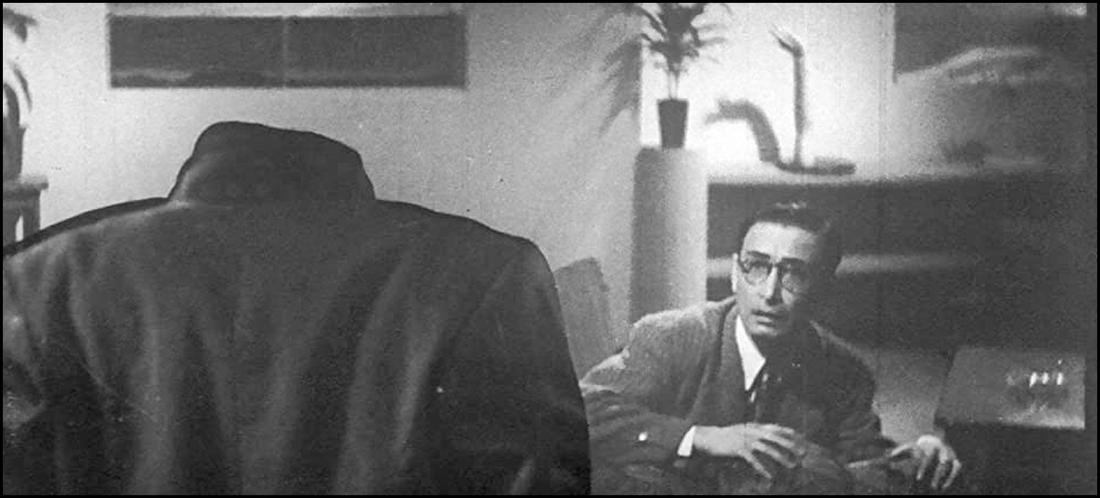
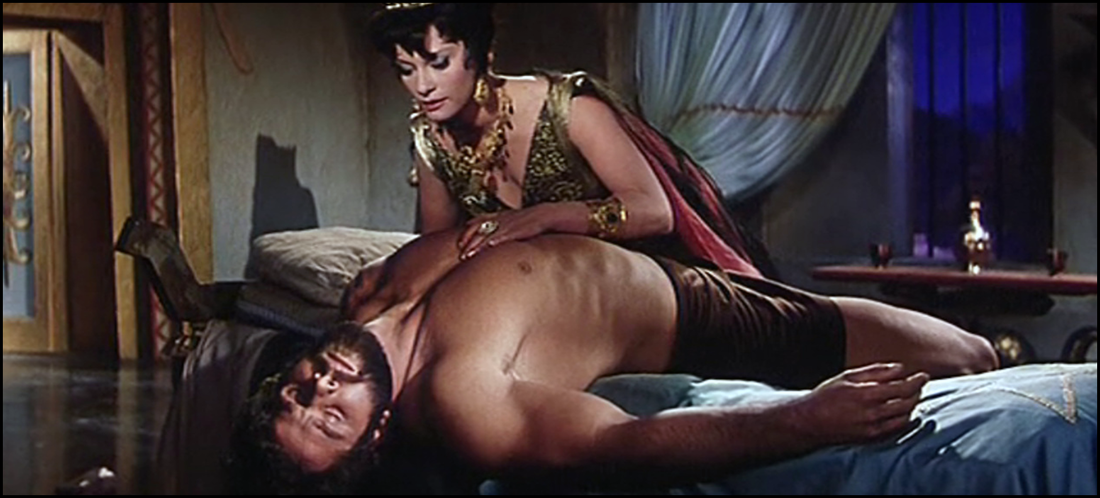

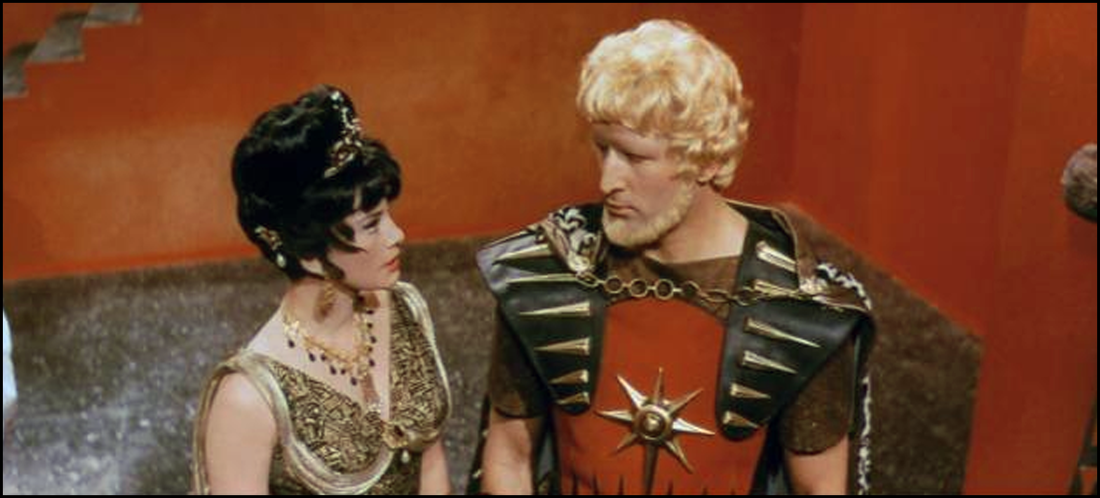

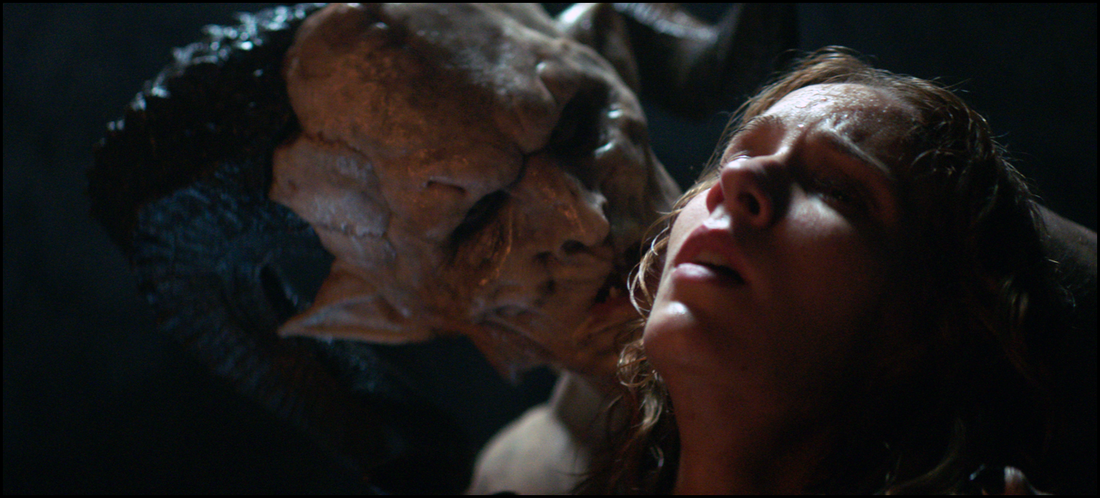
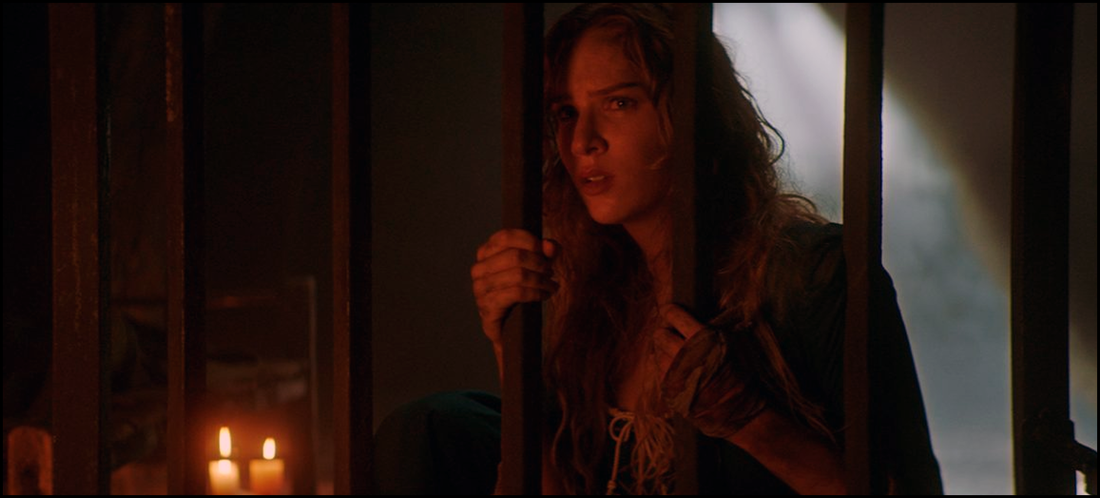
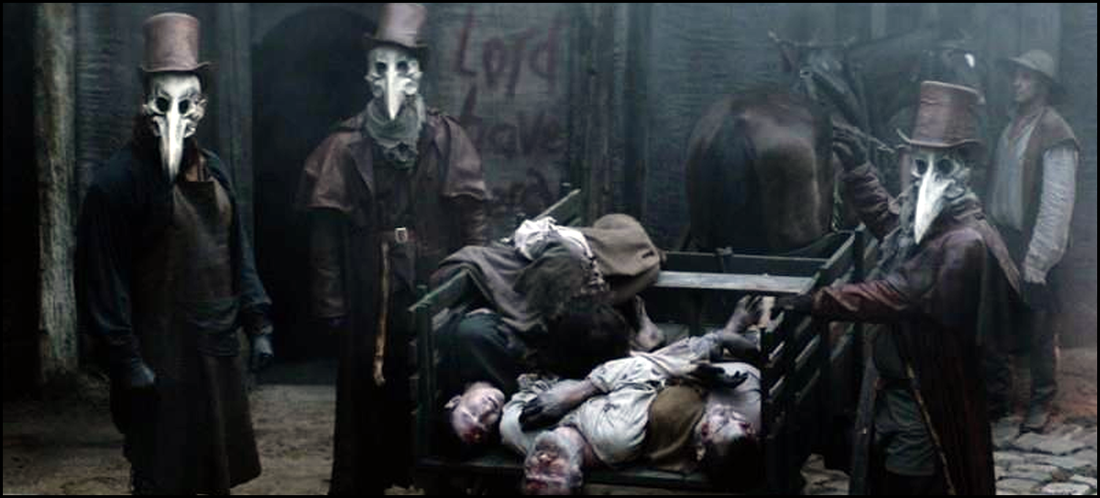
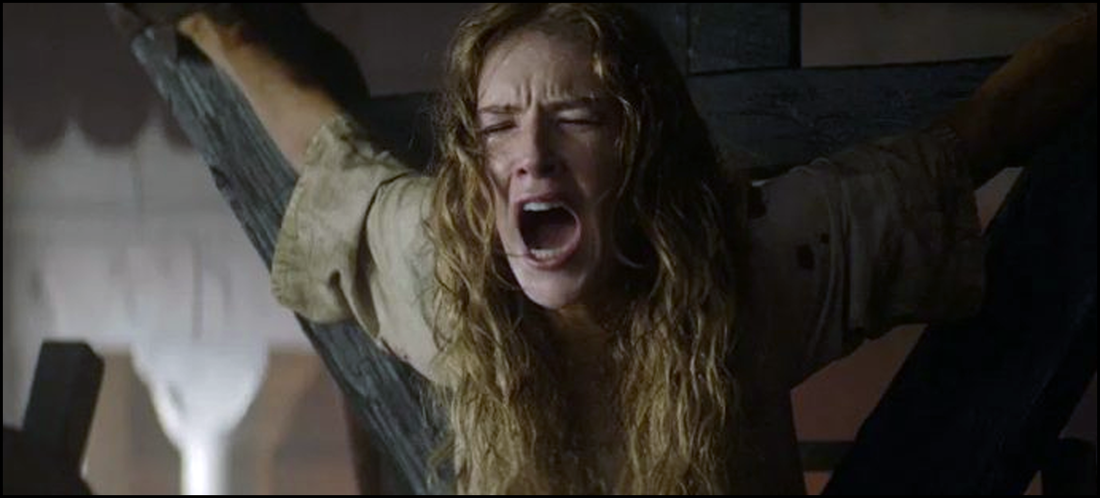
 RSS Feed
RSS Feed